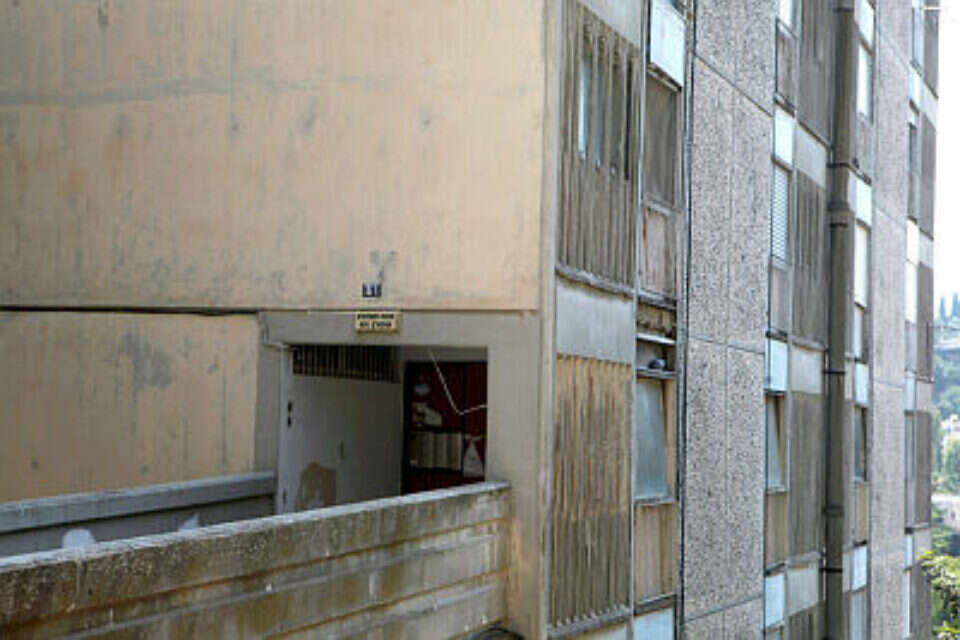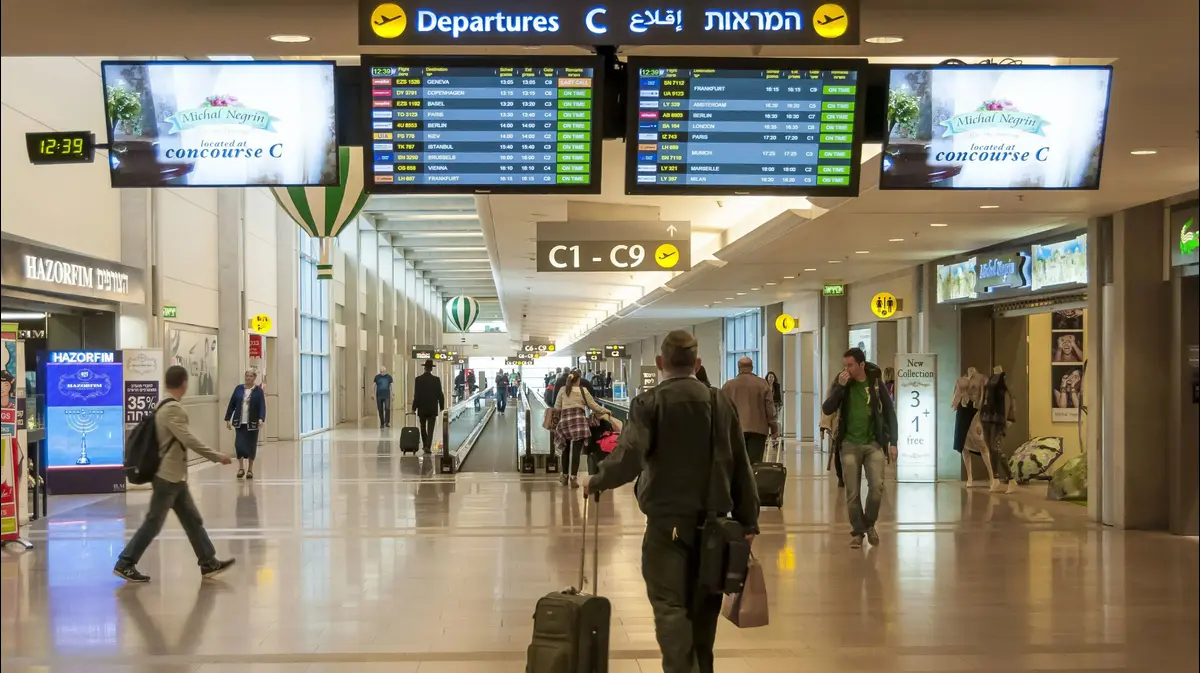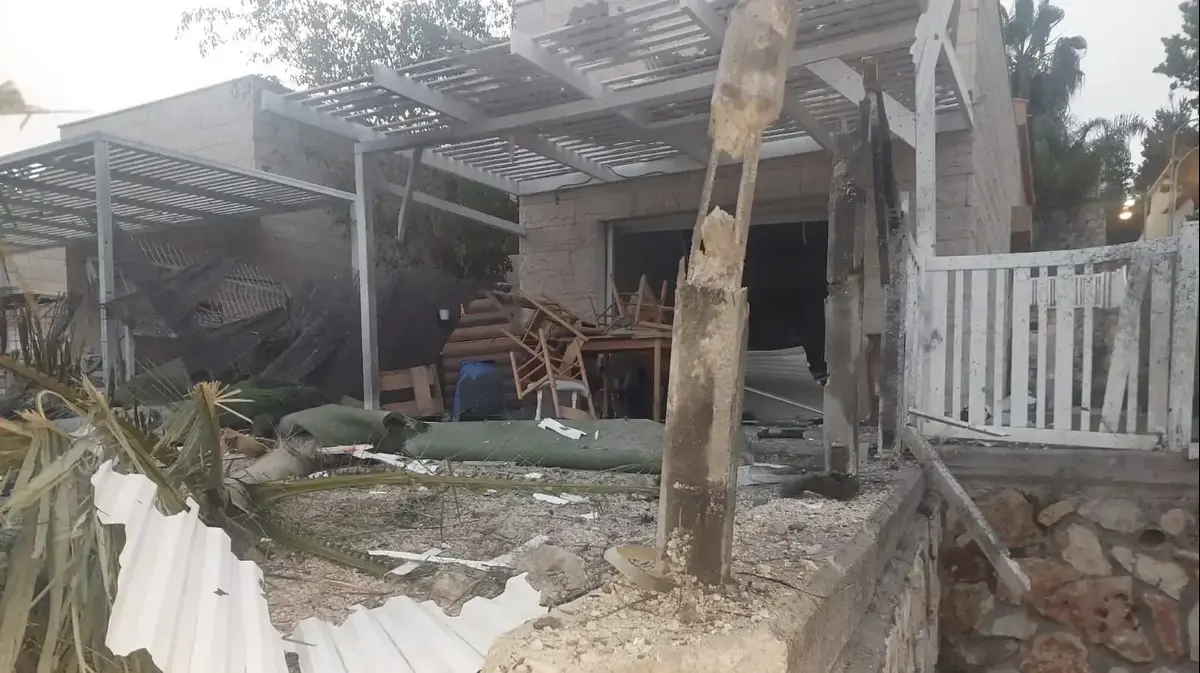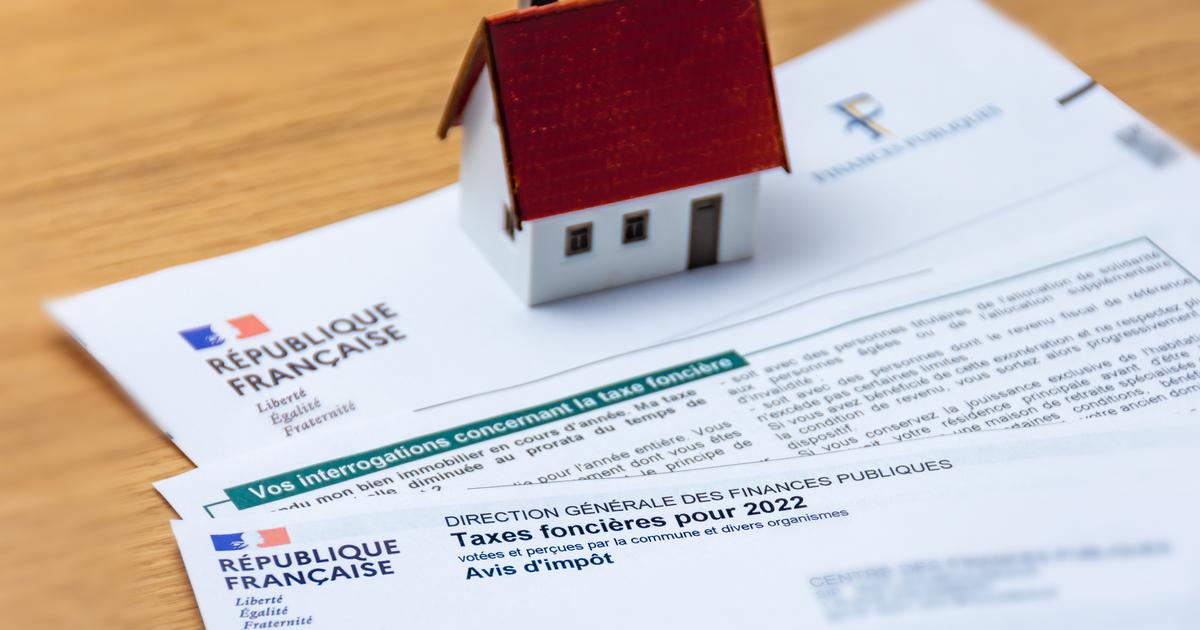Sometimes the solution is
under the nose:
The Knesset Research and Information Center document, written at the request of MK Michal Shir-Segman, reveals a very outrageous figure - 7,271 buildings that are unfit for use and residential are still exempt from property taxes.
This is a total area of at least 1,464,000 square meters that is not used for residential or other purposes, and the property owners, as mentioned, continue to enjoy a sweeping exemption from paying property taxes - a benefit that of course does not encourage them, to say the least, to improve the property or sell it. In first place in terms of the "white elephants", ie the abandoned properties that are in its area.
According to the MMM document, written by Matan Shachak, these are buildings that were used in the past as residential, commercial and industrial buildings.
Some are not used for a long time, and they stand abandoned and neglected and pose an environmental, sanitary, safety and social hazard.
In order to encourage the use of these buildings, as part of dealing with the housing crisis, and to prevent them from becoming a nuisance and danger to the public, in 2012 the Municipalities Ordinance was amended and in 2020 local council orders were amended, updating property tax on property destroyed or damaged.
These properties, which before the amendment were permanently exempt from the payment of property taxes, were charged following the amendments in the payment of property taxes for the period as detailed below:
• The first period: full exemption from the payment of property taxes for three years.
• The second period: payment of a minimum property tax for five years.
• Third period: exemption from the payment of property taxes for an unlimited and unrestricted period.
An end to the celebration?
The law that seeks to limit the exemption period
In October 2021, a bill was tabled to amend the Municipal Ordinance (shortening the exemption period from paying property taxes for a building that was destroyed, a bill to repair or damage it), a private member's bill initiated by MKs Michal Shir Segman and Boaz Toporovsky.
According to the bill, the first exemption period will be shortened to two years, after which the owner of a destroyed or abandoned building will be charged property tax according to its classification - employment or residence.
Although it was placed on the Knesset table about three months ago, the government has not yet taken up the gauntlet and discussed the bill.
"The report's data is outrageous," said MK Michal Shir, who also serves as chair of the Committee on the Rights of the Child. From property taxes.
The exemption encourages property owners to leave the buildings empty and neglected, thus saving costs and reaping future returns. "
MK Michal Shir. "Tens of thousands of housing units will be able to enter the market and bring the citizens of Israel one step closer to the dream of buying an apartment" / Photo: Elad Gutman,
MK Shir added: "The bill I submitted seeks to abolish the sweeping exemption from property taxes.
Expanding the housing market in Israel is a national need, and we must act accordingly.
The move I am leading is expected to bring tens of thousands of housing units into the housing market and will bring the citizens of Israel one step closer to the dream of buying an apartment. "
Where is the supervision?
The Haifa and Central districts are leaders in the number of abandoned buildings
The MMM report states that as of 2020, the local authorities in Israel (excluding regional councils and without the city of Tel Aviv) had at least 7,271 unfit properties that are exempt from property taxes, with a total area of at least 1,464,000 square meters. Of these, about 5,160 properties are For residential use (71% of the number of properties exempt from property taxes), and their area is about 609,000 square meters (about 42% of the area of all exempt properties);
And about 2,111 non-residential properties (commercial, most of the exempt properties are residential properties, industry, etc.), with a total area of about 855,000 square meters. That is, in terms of the number of properties (71%), Is non-residential (58%).
Segmentation of data by district shows that the Haifa district has the largest number of unusable properties exempt from property taxes: 3,175 properties with a total area of about 438,000 square meters, which is 44% of all exempt properties, and 30% of the total area of exempt properties. 23% of the exempt properties are in the Central District, 12% in the Jerusalem and Judea and Samaria districts together, 8% in the Southern District, 7% in the Tel Aviv District, and about 6% in the Northern District.
The proportion of residential properties that are unfit for use and exempt from property taxes out of all the exempt properties is relatively large in the Tel Aviv (80%), central (79%) and northern (78%) districts.
This rate is lower in the districts of Haifa (65%), Jerusalem and Judea and Samaria together (60%), and the south (51%).
When examining the distribution of exempt property areas by district, it appears that 30% of the property areas are in the Haifa district, 28% in the Central District, 18% in the Jerusalem and Judea and Samaria districts together, 11% in the Southern District, 7% in the Northern District, and 6% in the Tel Aviv District. .
The proportion of residential property exempt from property tax from the total area of exempt property in the district is the largest in the Haifa district (65%), 52% in the Tel Aviv district, 37% in the central district, 38% in the northern district, 22% in the southern district, and 20% in the Jerusalem district. "That together.
Were we wrong?
Fixed!
If you found an error in the article, we'll be happy for you to share it with us









